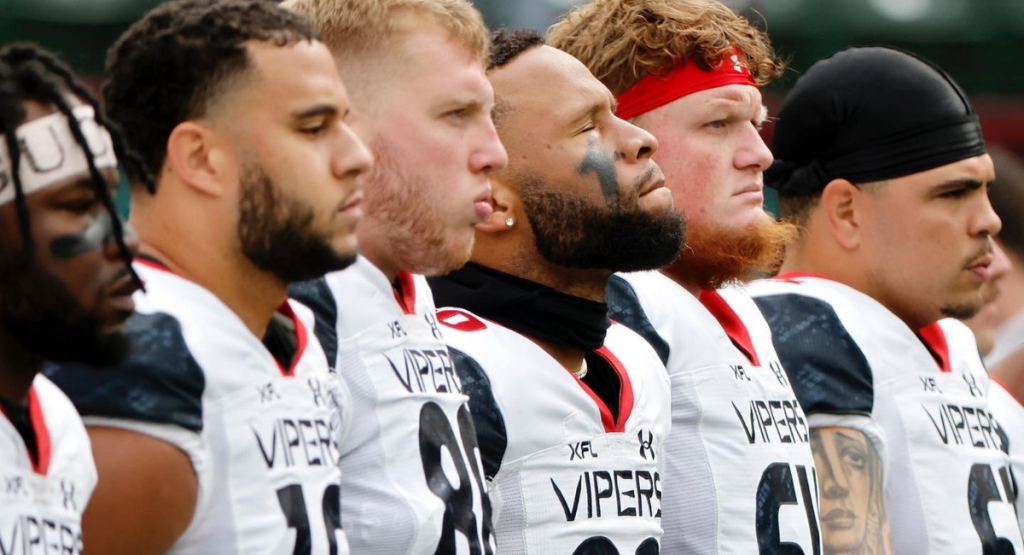Discover the unvarnished truth about the earnings of minor league baseball players in this eye-opening exploration. While the allure of professional baseball may seem glamorous, the financial reality for minor leaguers is often starkly different. In this article, we delve deep into the challenges faced by these athletes, shedding light on the harsh realities that often go unnoticed. Prepare to uncover the hidden side of the minor league baseball world and gain insight into the struggles behind the game.
Table of Contents
The Dream and the Dilemma
For many young athletes, the dream of playing professional baseball is the pinnacle of their aspirations. The roar of the crowd, the crack of the bat, and the camaraderie in the locker room – it’s a dream cultivated on neighborhood sandlots and high school diamonds. However, the journey to the major leagues is a marathon, not a sprint, and the early stages often involve minor league assignments.
The Minor League System
Before we explore the financial aspect, let’s understand the minor league system. Minor league baseball acts as a breeding ground for talent, divided into several levels, including Rookie, A, AA, and AAA. Players gradually climb this ladder, hoping to catch the eye of major league scouts.
Rookie Ball Blues
Minor league baseball players’ pay starts in Rookie ball, where the struggle is not just about improving skills but also about surviving financially. In 2022, the minimum salary for a player in Rookie ball was a mere $1,160 per month before taxes. For young players fresh out of high school or college, this is hardly enough to cover basic living expenses, let alone fulfill the dream lifestyle associated with professional athletes.
Transitioning from living with parents or in college dorms to managing rent, utilities, and daily expenses can be a harsh awakening. Many players resort to sharing housing to cut costs, creating a camaraderie that mirrors their on-field partnerships.
The Rise through the Ranks
As players progress through the ranks, so does their income. A-level players receive a slightly higher monthly salary, but it’s still a far cry from what one might expect from a professional athlete. In 2022, the minimum monthly salary for A-level players was $1,300.
The financial picture becomes slightly less grim at the AA level, with a minimum monthly salary of $1,700. However, considering the demands of the sport, including extensive travel and physical toll, this compensation seems paltry compared to the dedication required.
AAA players, the closest to the major leagues, earn a minimum monthly salary of $2,150. While this represents a significant increase from the lower levels, it’s essential to consider the toll of the extended minor league journey on a player’s overall well-being.
The Cost of the Dream
Minor league players face unique challenges compared to their major league counterparts. With low salaries and the lack of financial security, many players work offseason jobs to make ends meet. Some take coaching positions or find work in their hometowns, emphasizing the precarious financial situation that persists even when they are not on the field.
Imagine pursuing your passion, honing your skills day in and day out, but having to clock in at a second job during the offseason to pay bills. This is the reality for numerous minor league players, highlighting the sacrifices made in the pursuit of the dream.
Minor League Player Assistance
Minor league baseball players often face significant financial and emotional challenges in their pursuit of a major league career. Fortunately, there are various avenues and resources available to support them.
Financial Literacy and Management
One essential aspect is financial literacy. Players can benefit greatly from understanding how to manage their finances effectively. Workshops on budgeting, saving, and investing can equip players with the knowledge to make informed financial decisions. Organizations like the Professional Baseball Player Assistance Fund provide financial planning resources specifically tailored for athletes, helping them navigate the unique financial landscape of a sports career.
Support Networks and Assistance Programs
There are several support networks and initiatives designed to assist minor league players. The More Than Baseball organization, for instance, offers resources that include financial assistance, equipment grants, and career development programs. Such initiatives not only provide immediate relief but also prepare players for life after baseball, ensuring they have the skills and opportunities to succeed off the field.
Fan Involvement and Advocacy
Fans play a crucial role in supporting minor league players. Attending games, purchasing team merchandise, and participating in crowdfunding campaigns are practical ways to contribute. Engaging in social media discussions and raising awareness about the financial struggles of minor league players can also drive positive change.
Educational and Career Development Opportunities
Empowering minor league players through education is another vital aspect. Encouraging players to pursue higher education, vocational training, or entrepreneurship can provide them with valuable skills and opportunities beyond their baseball careers. Programs that offer scholarships or online courses can be particularly beneficial, allowing players to balance their education with their demanding sports schedules.
Unpaid Training
A significant aspect often overlooked is that minor league players are not compensated during spring training. Spring training is a critical period where players vie for coveted roster spots, yet they receive no payment for their time and effort during this crucial phase. This unpaid period adds financial strain, especially for players who might not make the final roster cut.
The Collective Bargaining Agreement
As of my knowledge cutoff in January 2022, negotiations between Major League Baseball (MLB) and the Major League Baseball Players Association (MLBPA) were ongoing for a new collective bargaining agreement (CBA). The CBA governs the terms and conditions of employment for players, and any changes could significantly impact the financial landscape for minor leaguers.
It’s worth keeping an eye on the latest developments in the CBA negotiations, as changes could potentially address the financial struggles faced by minor league players. For the most recent information, you can refer to the official MLBPA website here.
Recommendations for Improvement
The harsh reality of minor league baseball players’ earnings has sparked debates about reform within the system. Advocates argue for increased wages, better working conditions, and improved overall treatment for these players who contribute significantly to the sport’s ecosystem.
As a fan or someone interested in the welfare of these athletes, there are steps you can take to contribute to this cause. Engage with discussions on social media, support organizations advocating for players’ rights, and attend minor league games to show your support for the athletes on the field.
Conclusion
The romanticized image of minor league baseball often overshadows the financial challenges faced by its players. The dream of making it to the major leagues is a powerful motivator, but the journey is laden with financial hurdles that can’t be ignored. As fans, it’s essential to be aware of these challenges and advocate for positive changes within the system to ensure that the athletes we cheer for receive fair compensation for their dedication and hard work.
Frequently Asked Questions (FAQs)
1. What is the average salary for minor league baseball players?
The average salary for minor league baseball players varies depending on their level, with Rookie ball players earning less than those in AAA. As of 2022, the minimum monthly salaries range from $1,160 for Rookie ball to $2,150 for AAA players.
2. Do minor league baseball players have other sources of income?
Yes, many minor league players take on offseason jobs to supplement their income. This could include coaching positions, working in their hometowns, or engaging in other activities to make ends meet.
3. Are minor league players paid during spring training?
No, minor league players do not receive compensation during spring training. This unpaid period, despite being a critical phase for roster selection, adds financial strain to the already challenging financial landscape for these players.
4. What efforts are being made to improve the financial situation for minor league baseball players?
Advocacy groups and discussions within the baseball community are pushing for reforms in the minor league system. These efforts aim to secure better wages, improved working conditions, and overall enhanced treatment for minor league players.
5. How can fans support minor league baseball players in their quest for fair compensation?
Fans can support minor league players by engaging in discussions on social media, attending minor league games, and supporting organizations advocating for players’ rights. Creating awareness about the financial challenges faced by these athletes is crucial for driving positive change within the system.



